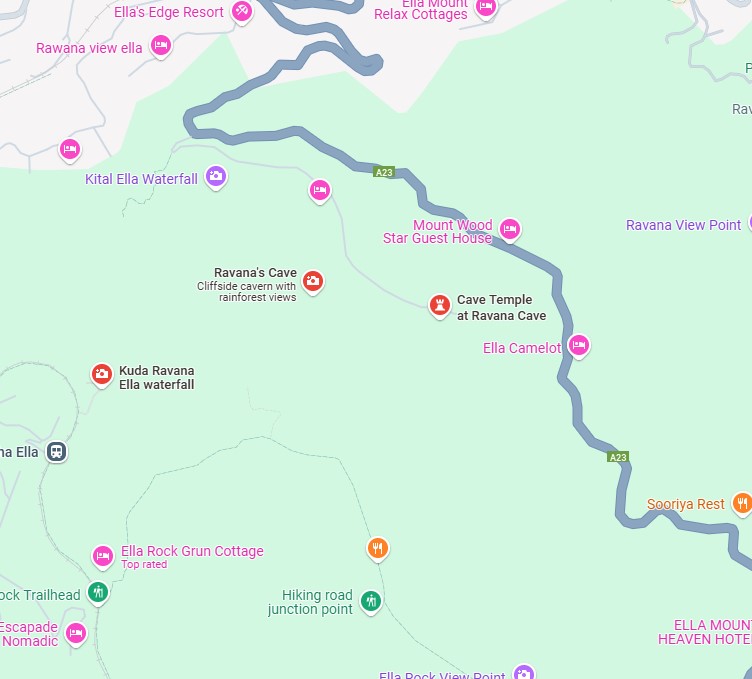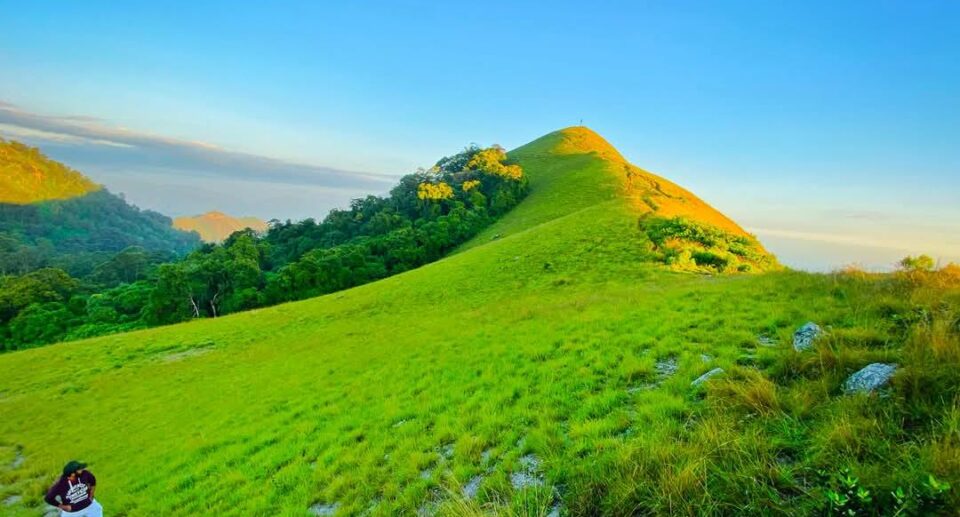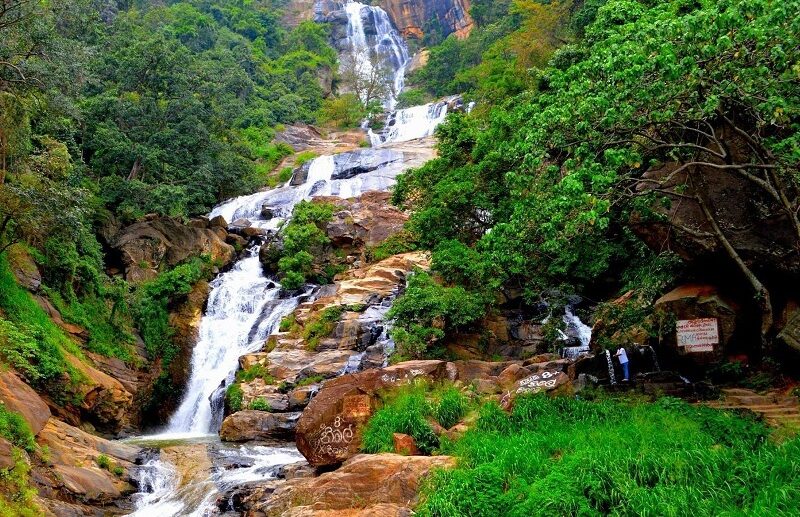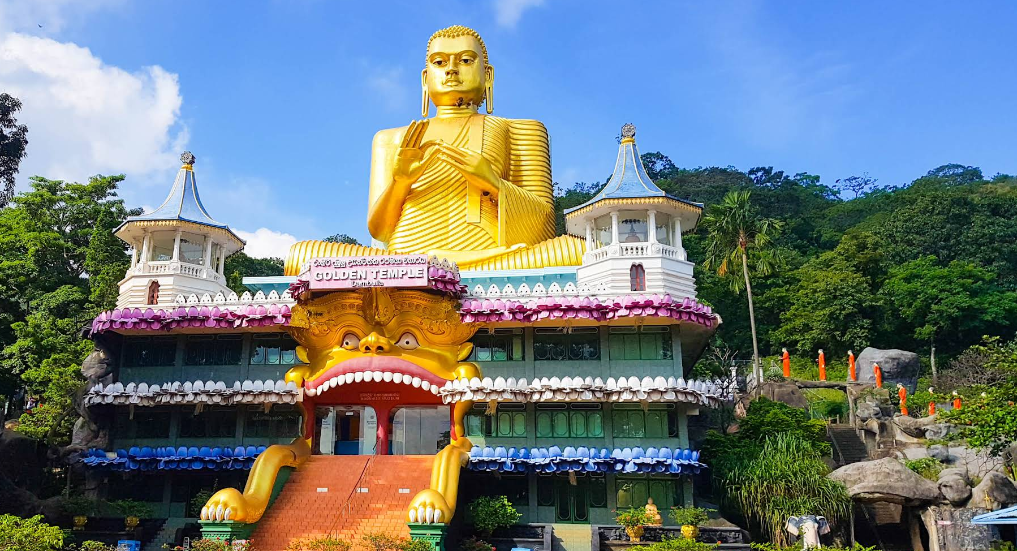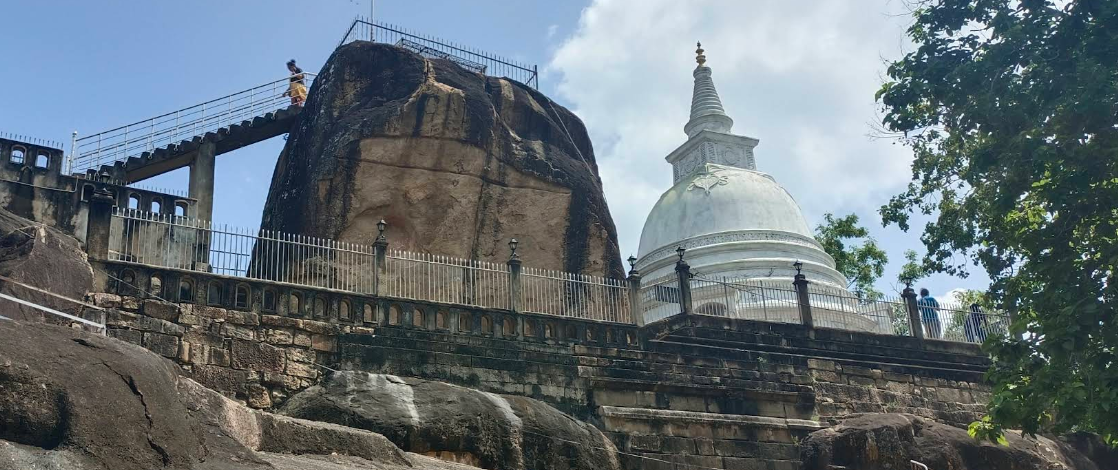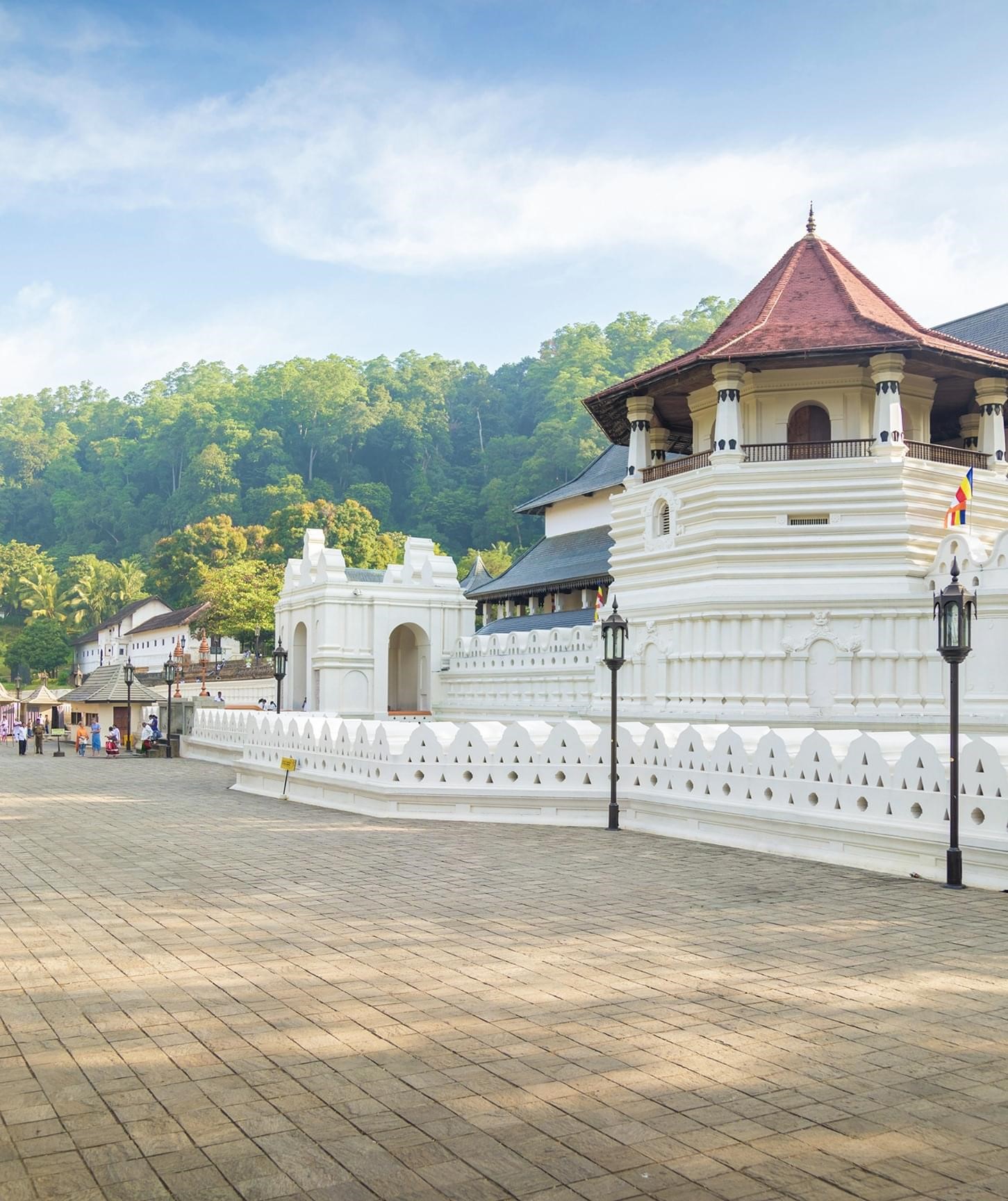Ravana Cave: A Journey into Sri Lanka’s Mythical Past
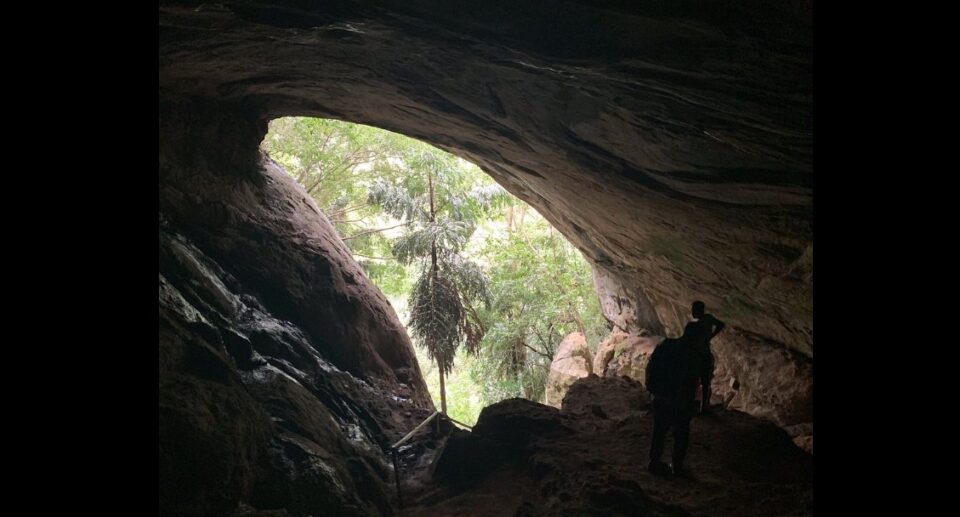
A Blend of Legend, History, and Nature in Sri Lanka
Introduction
Sri Lanka is a nation endowed with cultural heritage, natural beauty, and ancient legend. Amongst the most captivating places that enjoy all three of these qualities is Ravana Cave, located in Ella in the Badulla District. This mystifying cave bears a link with the ancient Indian epic, the Ramayana, and has drawn the attention of historians, archaeologists, spiritualists, and tourists equally. The cave is named after King Ravana, the mythological king of Lanka, who, according to legend, kept Princess Sita hidden within the cave after he abducted her from India. Today, Ravana Cave is not only a mythological site of interest but also an archaeological and ecological site.
The Mythological Connection: King Ravana and the Ramayana
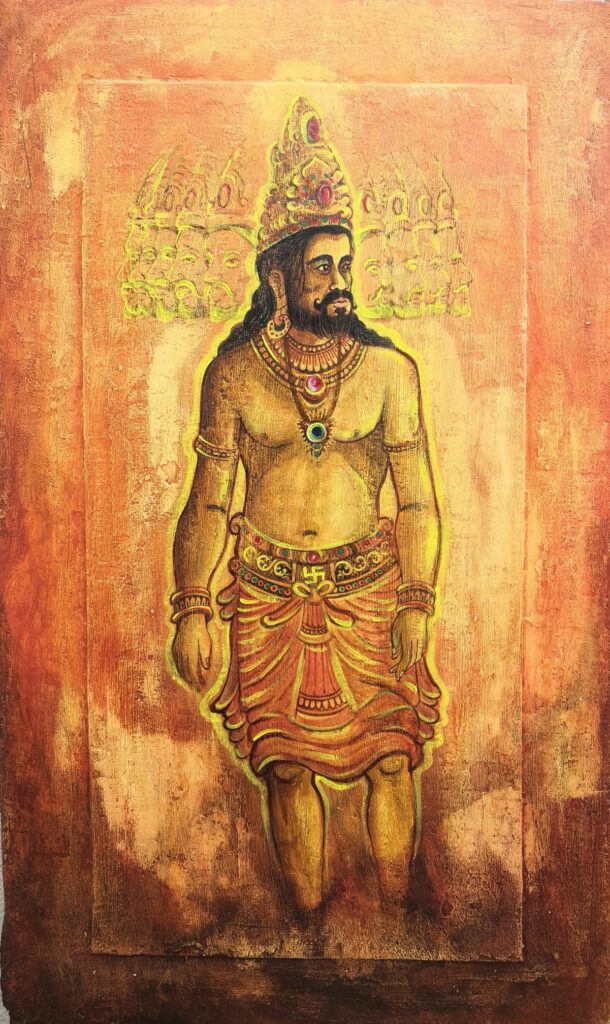

The history of Ravana Cave is closely associated with the ancient epic Ramayana, one of the oldest and most revered Sanskrit texts in Indian literature. According to the Ramayana, Ravana, the ten-headed demon king of Lanka, kidnaps Sita, the wife of Lord Rama, and brings her to his kingdom. He holds her in various secure and scenic places, one of which is described as the cave now bearing his name in Ella.
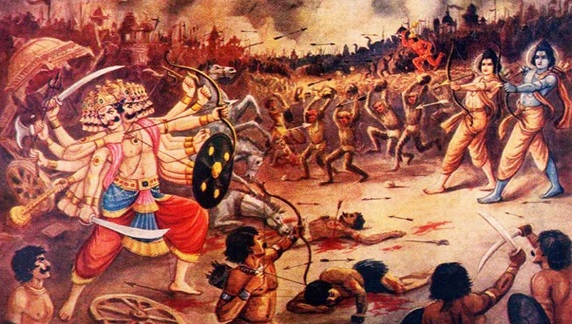
It was said locally that the cave was part of a series of subterranean tunnels and passages that Ravana employed in order to move around and conceal Sita from Rama and his followers. This hypothesis was strengthened by the fact that there were other Ravana sites around, for example, the Ravana Falls and Ravana Ella Temple. The tale adds a touch of romance and mysticism to the cave, which is a focal point for Ramayana pilgrimage route pilgrims in Sri Lanka.
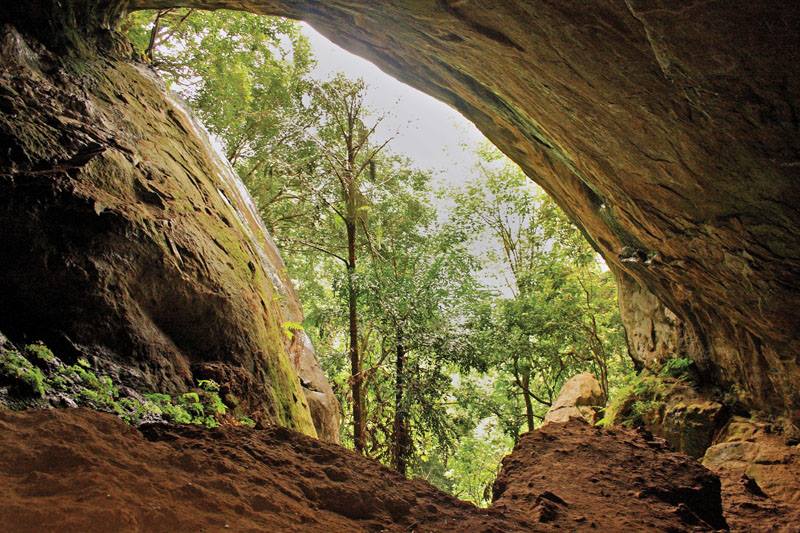
Geographical and Natural Setting
The Ravana Cave is situated approximately 1,370 meters above sea level, just 2 kilometers from Ella town, which is itself a hill-country gem. The cave is carved into a rock cliff at the back of the famous Ravana Falls, which plunge vertically for 82 feet and are among Sri Lanka’s widest waterfalls.
The hike to the cave involves ascending approximately 650 stone steps, overshadowed by thick greenery, sloping terrain, and the occasional catch of monkey or bird. The hike can be laborious, especially during rainy weather when the track is slick, but the reward is a serene, mystifying cave with panoramic views of the Ella Gap and surrounding countryside.
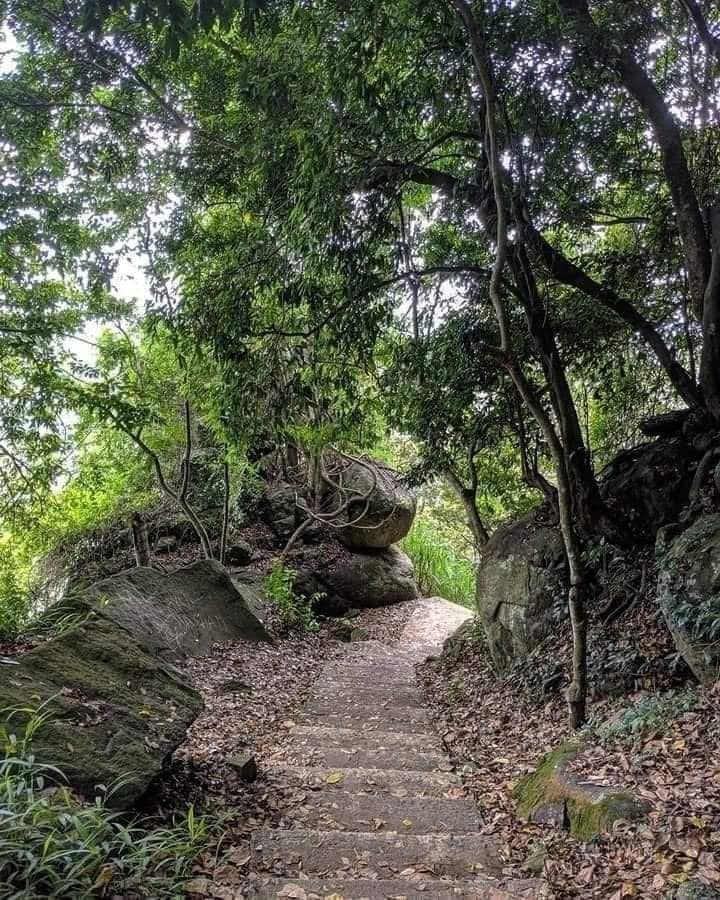
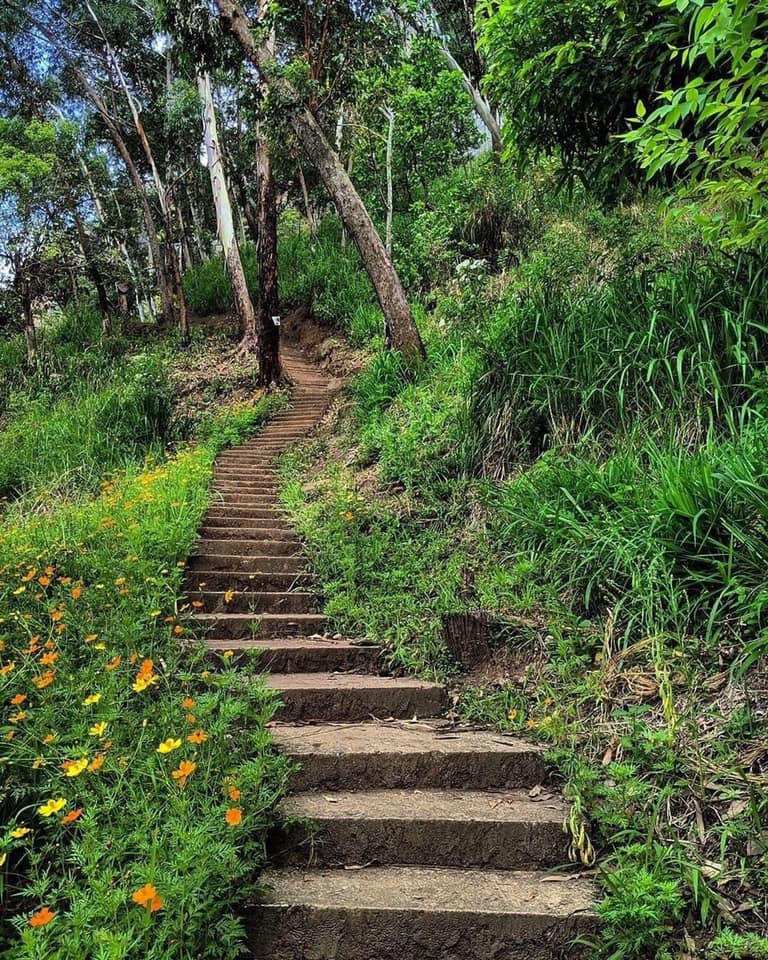
After entering, the cave is small in dimensions approximately 50 feet wide and roughly 150 feet deep (according to accessible sections). Local legends claim that the cave extends deeper, perhaps connecting to other Ravana locations, but the deeper sections are blocked for safety.
Archaeological and Historical Importance
Apart from myth and legend, Ravana Cave is also an important archaeological site. Excavations in the 1980s and early 2000s have produced evidence of prehistoric human habitation. Stone tools, animal bones, and charcoal residues show that early humans lived in the cave as far back as 25,000 years ago. These findings make Ravana Cave one of the oldest human settlements in Sri Lanka.
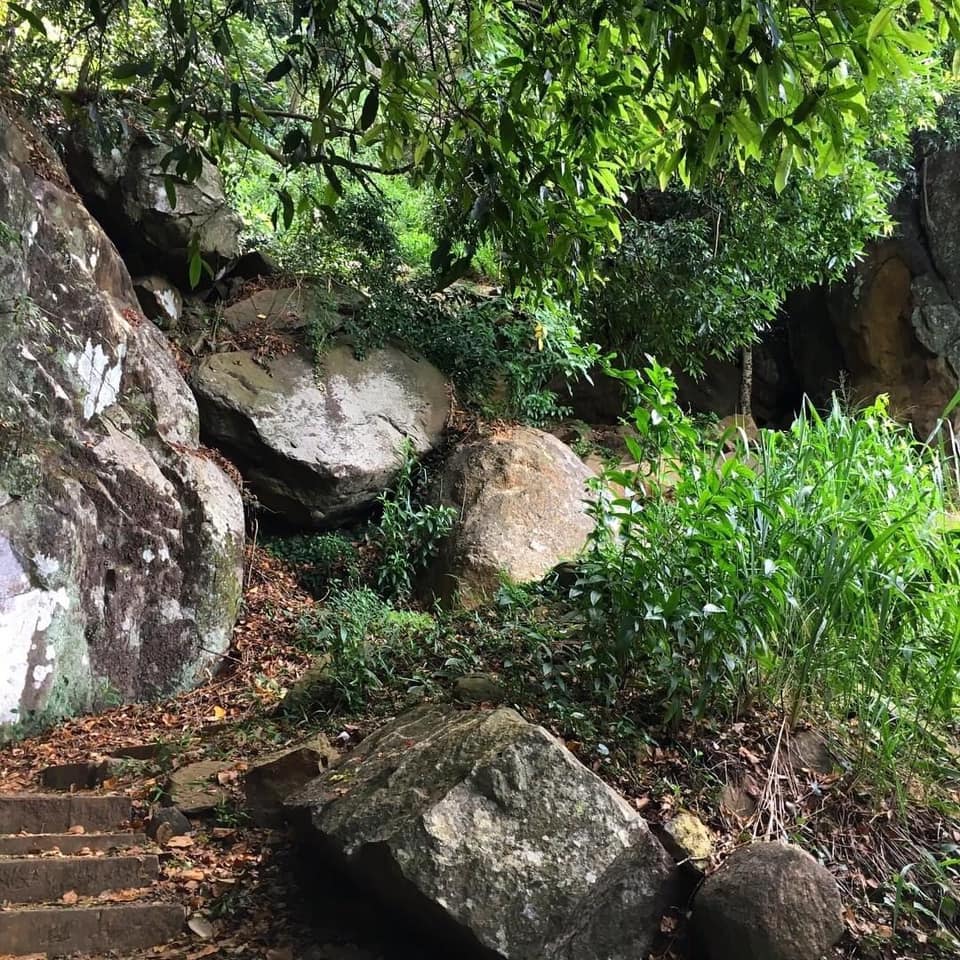
The cave belongs to the Balangoda culture, a prehistoric civilization that lived on a hunter-gatherer existence sustained by the utilization of primitive tools. Such association only gives more significance to the importance of the cave, transforming it from a mere mythological site to a window into human history and existence on the island centuries before.
Cultural and Spiritual Significance
Besides being a site of mythological and historical importance, Ravana Cave is also of spiritual importance. At the bottom of the hill lies the Ravana Ella Temple, a diminutive but significant Buddhist temple. Although King Ravana is known to most as a villain of the Indian heritage, he was reportedly held in high regard during ancient Sri Lanka as a great sage, a great king, and a devotee of Shiva.
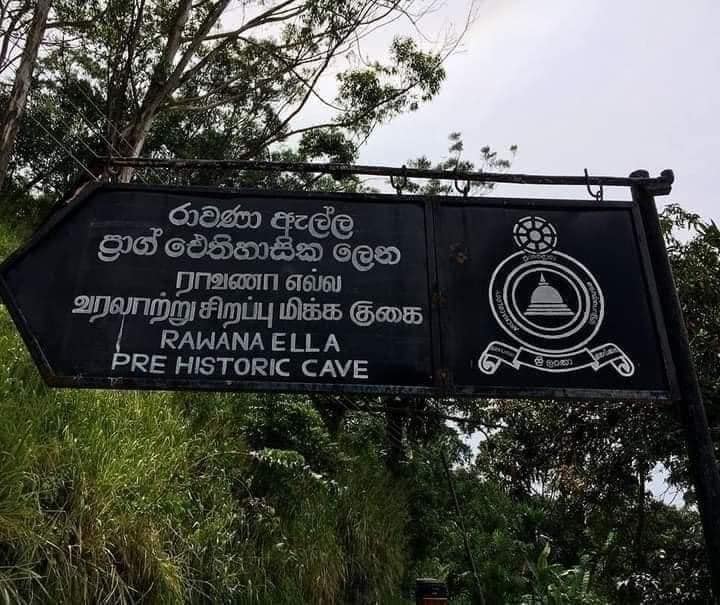
Other retellings of the Ramayana also sympathetically depict Ravana as a just ruler with deep connections to nature, music (specifically the Ravanahatha, an early stringed instrument), and science. Locals therefore view the cave and surroundings as sacred and combine Buddhist, Hindu, and folk practices into one, shared cultural heritage.
Tourism and Adventure
For the modern-day traveler, Ravana Cave offers the best blend of history, legend, and nature trail experience. The trekking to the cave is short but physically demanding, perfect for travelers who love nature walks and simple trekking. Inside the cave, travelers can explore the interior, enjoy the fresh breeze, and reflect on centuries of human and mythological utilization.
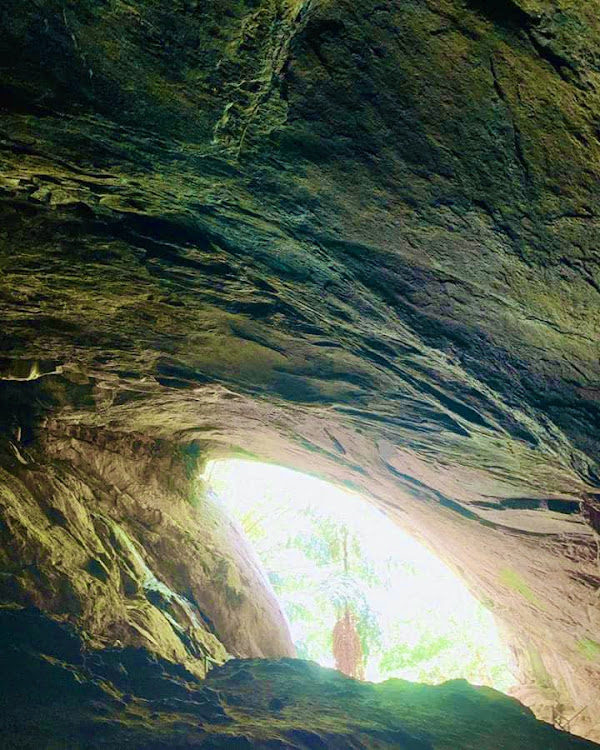
The area around Ella has enough to see as well. Little Adam’s Peak, Ella Rock, Nine Arches Bridge, and Ravana Falls are all within easy reach, so it is simple to arrange a full day’s visit. Most visitors take a visit to the cave as part of a day trip with a visit to the waterfall and the temple, usually taking a local guide or tuk-tuk for the day.
Conservation and Challenges
Even though it is significant, Ravana Cave suffers from a variety of problems. Unregulated tourism, vandalism, and the absence of infrastructure threaten to destroy the site. Few protective barriers exist, minimal lighting in the cave, and no official signage concerning its history. Even though there have been some efforts by the local tourist board and religious groups to maintain the path and the shrine clean, more stringent conservation is needed.
Environmental tourism, better trail maintenance, and preservation of archaeological sites can help guarantee the integrity of the site while conveying the value of the site to the tourists. Given the cave’s immense multi-dimensional value, it deserves greater attention and preservation.
Ravana Cave is a valuable gem in Sri Lanka’s natural and cultural heritage. It is a place where legend and archaeology meet, science meets legend, and tourism is fused with spirituality. Whether you are a Ramayana devotee, an avid historian, an adventure seeker, or an inquisitive wanderer, this cave is a journey that is intellectually stimulating, emotionally enriching, and physically demanding.
As Sri Lanka continues to evolve as a destination for international travel, sites like Ravana Cave remind us of the dense, multifaceted stories that are buried in its hills and rainforests. With careful tourism and thoughtful conservation, this ancient cave will continue to inspire awe and inquiry for centuries to come.
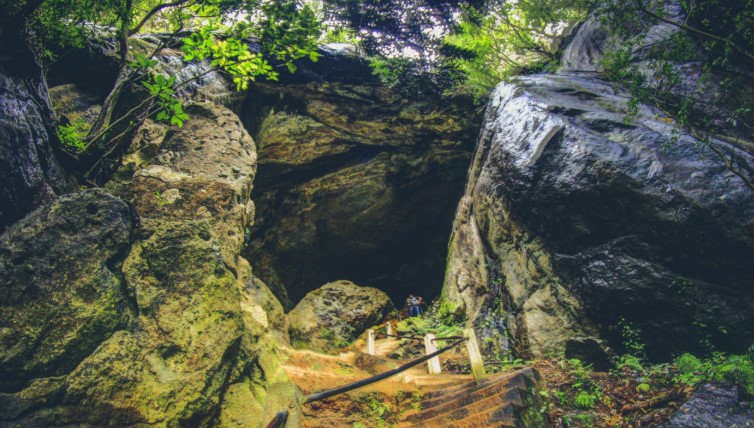
Visitor Tips
Best Time to Visit: Early morning or late afternoon (improved lighting and cooler temperatures).
Footwear: Hike using hiking shoes or tough sneakers.
Equipment: Take water, flashlight, and bug repellent.
Respect the Site: Do not graffiti, litter, or deface the interior of the cave.
Local Guide: Using a guide adds your experience with history and culture.
Location:
- Ravana Cave is located just 2 km from Ella town, in the Badulla District of Uva Province.
- It’s near the Ravana Ella Temple and Ravana Falls, two major landmarks in the area.
Hiking to the Cave (from Ella town): Follow the trail to reach the entrance of Ravana Cave.Start in Ella town (easily reachable by bus, train, or taxi from major cities).Head towards Ravana Ella Temple, about 10 minutes by tuk-tuk or 30 minutes on foot. From the temple, there is a marked trail of about 650 stone steps up the hill.
Getting to Ella (if you’re coming from other parts of Sri Lanka):
From Colombo:
- Train: Take the scenic train from Colombo Fort to Ella Station (about 9–10 hours).
- Bus: Colombo → Badulla → Ella (7–8 hours total).
- Taxi/Private Car: ~5.5–6.5 hours via the Southern Expressway and A16.
From Kandy or Nuwara Eliya:
- Train or bus to Ella (about 5–6 hours).
- The train ride from Nanu Oya (Nuwara Eliya) to Ella is especially scenic.
Map of Ravana Cave
